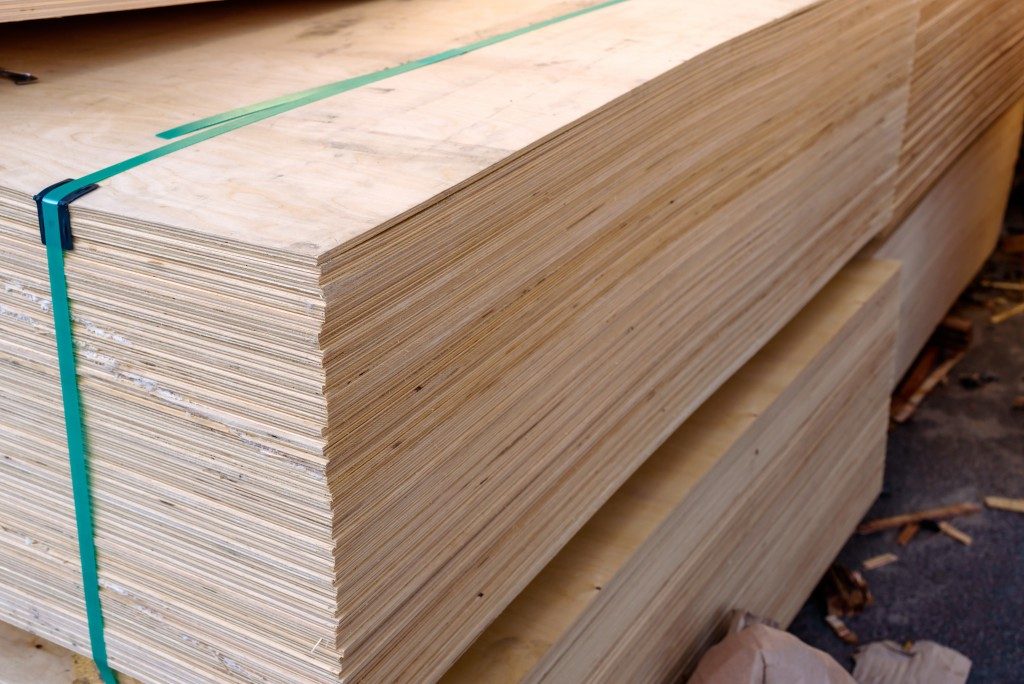When you go to your local home improvement store to get lumber for your building project, the wide range of options might floor you. Under the two types of lumber, hardwood and softwood, are several other kinds of wood that serve varying purposes.
Conifer trees (e.g., pine, cedar, spruce and fir) are all examples of softwood lumber. On the other hand, deciduous trees (e.g., oak, walnut, mahogany, maple, and hickory) are all examples of hardwood lumber.
How Lumber is Classified
The first thing that comes to mind in lumber classification is density. Though this is mostly true, it’s not entirely accurate. Classification lies in whether these trees lose leaves or not. The process of reproduction also factors in, whether these trees produce protected seeds or exposed seeds. Hardwood trees lose their leaves every year, whereas softwood trees do not. Softwood trees produce seeds without a covering, while hardwood trees produce seeds with covering.
Flooring, fine veneers, furniture, and wood moldings all use hardwood lumber. Whereas pulpwood for paper, as dimension lumber for framing, and various sheet goods: including plywood, particleboard and fiberboard all use softwood lumber. These are some of the major uses of hardwood and softwood lumber. Due to its importance and frequency of softwood, there is demand for it to be durable and rot-resistant. Softwood lumber is given to rot, but builders can get around this by using pressure-treated wood
What is Pressure-Treated Wood?

Pressure-treated wood is chemically treated softwood. Since softwood lumber is susceptible to insect infestations and rotting from constant exposure to the elements, preserving it became vital. Chemical treatments that permeate the wood deep within was introduced to make it last longer.
In the past, chemical treatments used chromate copper arsenate (CCA). But the Environmental Protection Agency and manufacturers have agreed to stop its use in 2003 because of the danger of chemical exposure. Since then, pressure treatments switched to alkaline copper quat (ACQ), which is significantly less toxic to humans than the previous chemical
The pressure treatment process happens as such:
- The wood is stacked into a sealed, air-tight tank. This causes the pores on the wood to open up.
- The tank immediately fills with a chemical preservative, forced down onto the wood’s cells.
- After thoroughly filling the cells, the wood is removed and left to dry.
The wood usually appears damp and greenish in hue after undergoing pressure treatment. The injected chemical component of the wood keeps pests away; and also slows down the development of mold and moss. After pressure treatment, softwood lumber’s lifespan can extend up to 15 to 20 years, on average. Constant exposure to water still hastens the corrosion of wood, however, so despite any chemical treatments, it may not make your lumber water-resistant.
Softwood takes up a significant amount of lumber in the industry due to its demand and usage. About 80 percent of all lumber products, from light posts and mailbox posts to swing sets and picnic tables, come from this type of lumber. Preserving and prolonging its lifespan is essential. With pressure treatment, the wood that was once susceptible to pests and rot now has the durability to withstand infestation and harsh elements.
